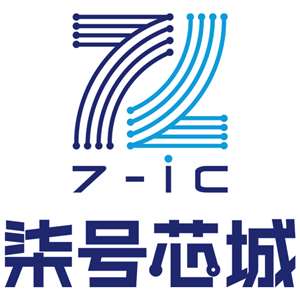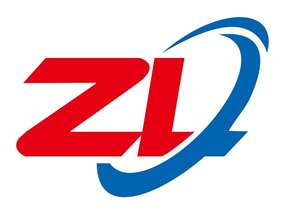PTH12030W/L
www.ti.com
SLTS211F–MAY 2003–REVISED FEBRUARY 2007
Auto-Track™ Function
The Auto-Track function is unique to the PTH/PTV family, and is available with all POLA products. Auto-Track
was designed to simplify the amount of circuitry required to make the output voltage from each module power up
and power down in sequence. The sequencing of two or more supply voltages during power up is a common
requirement for complex mixed-signal applications that use dual-voltage VLSI ICs such as the TMS320™ DSP
family, microprocessors, and ASICs.
How Auto-Track™ Works
(1)
Auto-Track works by forcing the module output voltage to follow a voltage presented at the Track control pin
.
This control range is limited to between 0 V and the module set-point voltage. Once the track-pin voltage is
raised above the set-point voltage, the module output remains at its set-point (2). As an example, if the Track pin
of a 2.5-V regulator is at 1 V, the regulated output is 1 V. If the voltage at the Track pin rises to 3 V, the
regulated output does not go higher than 2.5 V.
When under Auto-Track control, the regulated output from the module follows the voltage at its Track pin on a
volt-for-volt basis. By connecting the Track pin of a number of these modules together, the output voltages follow
a common signal during power up and power down. The control signal can be an externally generated master
ramp waveform, or the output voltage from another power supply circuit (3). For convenience, the Track input
incorporates an internal RC-charge circuit. This operates off the module input voltage to produce a suitable
rising waveform at power up.
Typical Application
The basic implementation of Auto-Track allows for simultaneous voltage sequencing of a number of Auto-Track
compliant modules. Connecting the Track inputs of two or more modules forces their track input to follow the
same collective RC-ramp waveform, and allows their power-up sequence to be coordinated from a common
Track control signal. This can be an open-collector (or open-drain) device, such as a power-up reset voltage
supervisor IC. See U3 in Figure 14.
To coordinate a power-up sequence, the Track control must first be pulled to ground potential. This should be
done at or before input power is applied to the modules. The ground signal should be maintained for at least
40 ms after input power has been applied. This brief period gives the modules time to complete their internal
soft-start initialization (4), enabling them to produce an output voltage. A low-cost supply voltage supervisor IC,
that includes a built-in time delay, is an ideal component for automatically controlling the Track inputs at power
up.
Figure 14 shows how the TL7712A supply voltage supervisor IC (U3) can be used to coordinate the sequenced
power up of two 12-V input Auto-Track modules. The output of the TL7712A supervisor becomes active above
an input voltage of 3.6 V, enabling it to assert a ground signal to the common track control well before the input
voltage has reached the module's undervoltage lockout threshold. The ground signal is maintained until
approximately 43 ms after the input voltage has risen above U3's voltage threshold, which is 10.95 V. The
43-ms time period is controlled by the capacitor C3. The value of 3.3 µF provides sufficient time delay for the
modules to complete their internal soft-start initialization. The output voltage of each module remains at zero
until the track control voltage is allowed to rise. When U3 removes the ground signal, the track control voltage
automatically rises. This causes the output voltage of each module to rise simultaneously with the other
modules, until each reaches its respective set-point voltage.
Figure 16 shows the output voltage waveforms from the circuit of Figure 14 after input voltage is applied to the
circuit. The waveforms, VO1 and VO2, represent the output voltages from the two power modules, U1 (3.3 V) and
U2 (1.8 V), respectively. VTRK, VO1, and VO2 are shown rising together to produce the desired simultaneous
power-up characteristic.
The same circuit also provides a power-down sequence. When the input voltage falls below U3's voltage
threshold, the ground signal is re-applied to the common track control. This pulls the track inputs to zero volts,
forcing the output of each module to follow, as shown in Figure 16. In order for a simultaneous power-down to
occur, the track inputs must be pulled low before the input voltage has fallen below the modules' undervoltage
lockout. This is an important constraint. Once the modules recognize that a valid input voltage is no longer
present, their outputs can no longer follow the voltage applied at their track input. During a power-down
sequence, the fall in the output voltage from the modules is limited by the maximum output capacitance and the
Auto-Track slew rate.
15
Submit Documentation Feedback





![]()
![]()


![]()

![]()
![]()

